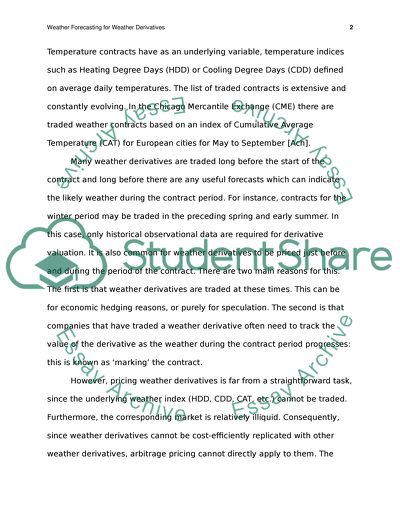Cite this document
(Weather Forecasting for Weather Derivatives Research Proposal, n.d.)
Weather Forecasting for Weather Derivatives Research Proposal. Retrieved from https://studentshare.org/science/1615111-weather-forecasting-for-weather-derivatives
Weather Forecasting for Weather Derivatives Research Proposal. Retrieved from https://studentshare.org/science/1615111-weather-forecasting-for-weather-derivatives
(Weather Forecasting for Weather Derivatives Research Proposal)
Weather Forecasting for Weather Derivatives Research Proposal. https://studentshare.org/science/1615111-weather-forecasting-for-weather-derivatives.
Weather Forecasting for Weather Derivatives Research Proposal. https://studentshare.org/science/1615111-weather-forecasting-for-weather-derivatives.
“Weather Forecasting for Weather Derivatives Research Proposal”, n.d. https://studentshare.org/science/1615111-weather-forecasting-for-weather-derivatives.


